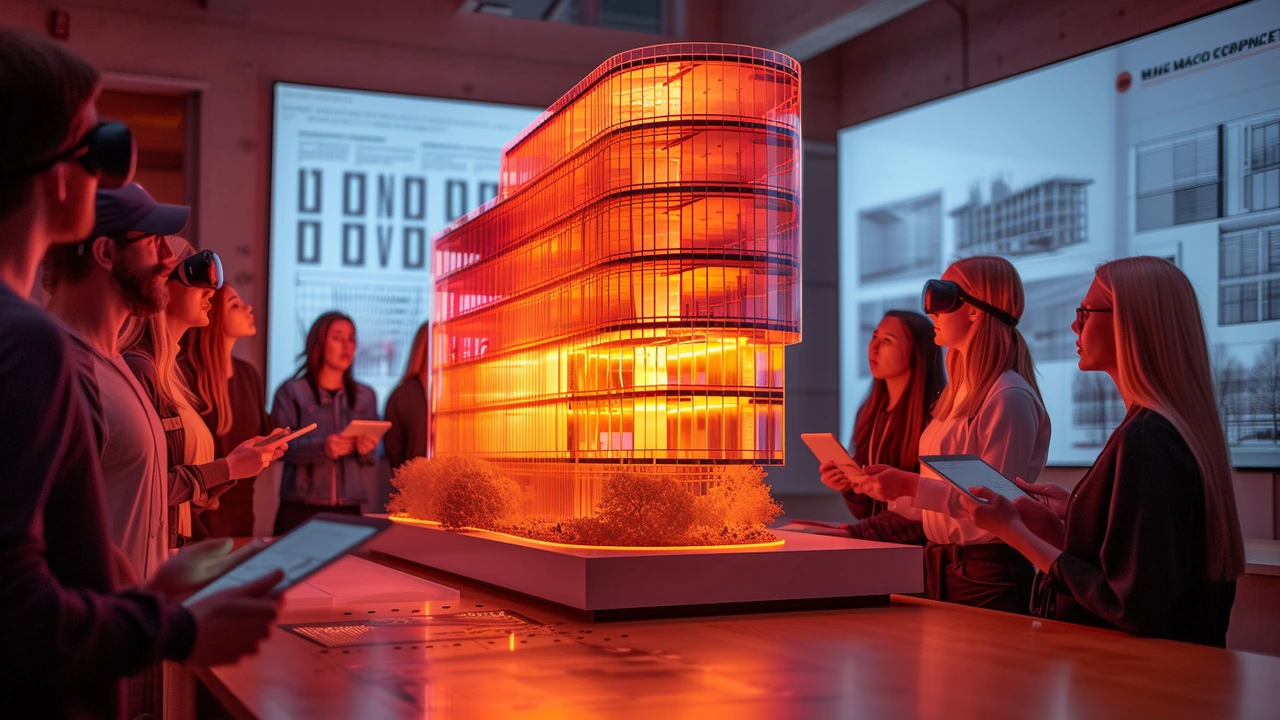Alright folks, let's dive headfirst into the wild world of high-tech architecture - a fresh, funky twist on the good old traditional design we all know and love. Picture this: towering steel structures, glass skyscrapers, and innovative, mind-boggling technology coming together to create an architectural symphony! This unconventional art form is like a rebellious teenager of the design world, smashing through the norms and daring to be different. It's like Picasso met Einstein and they decided to build a city together! So, if you're up for a thrilling architectural rollercoaster ride, high-tech architecture is your ticket to the future!
Technology in Architecture: How Smart Tools Shape Better Buildings
What if buildings could learn, adapt, and get built faster with fewer mistakes? That’s not sci‑fi anymore. Technology in architecture is changing how we plan, design, and use spaces every day. If you work with buildings or just love good design, understanding these tools saves time, cuts costs, and makes places work better for people.
Design and modeling: faster, clearer, smarter
Start with BIM (Building Information Modeling). BIM replaces flat drawings with a living 3D model that holds geometry, materials, schedules, and costs. That means fewer surprises on site and better coordination between architects, engineers, and contractors. Parametric design tools—like Grasshopper for Rhino—let you explore shapes and optimize structures with rules, not guesswork. Want to test daylight, airflow, or energy use? Simulation tools give quick answers so you can make informed choices before construction starts.
AI and generative design are moving fast too. Instead of sketching dozens of layouts, you tell the system goals—sunlight, cost, footprint—and it suggests optimized options. You still steer the design, but the heavy lifting happens faster.
From digital files to real buildings
On the job site, digital tech cuts waste and speeds up builds. CNC machines and robotic arms cut parts with exact precision. 3D printing now makes full building components and complex facades that would be costly by hand. Prefabrication and modular methods let teams assemble major chunks offsite in quality-controlled factories, then snap them together in days—not months.
Drones inspect roofs and facades quickly and safely. Sensors and IoT devices monitor temperature, humidity, and occupancy so buildings respond to real use, not assumptions. That data also helps teams run buildings more efficiently—lower energy bills, better comfort, and fewer service calls.
Materials are getting smarter. Phase-change materials stabilize indoor temperatures. Self-healing concrete reduces maintenance. Adaptive facades change transparency to balance daylight and heat. These innovations mean buildings last longer and ask for less energy.
Want to spot tech in a building tour? Look for accessible control panels, visible sensor clusters, modular joints, or facades with moving parts. Inside, check for app-based controls, smart thermostats, or displays showing real-time energy use.
If you’re starting a project, pick one or two tech goals: reduce energy by X%, cut construction time, or improve indoor comfort. Ask your team about BIM and whether prefabrication fits your schedule. Try simple steps first—3D models, a mockup panel, or a couple of sensors—to test ideas before a big investment.
Technology in architecture doesn’t replace craft or taste. It gives you cleaner workflows, clearer choices, and buildings that work better for people. Want examples or tools to try? Check our articles on High‑Tech Architecture and Neo‑Futurism for real projects that put these ideas into practice.

